26+ Sample Asset Tracking
-
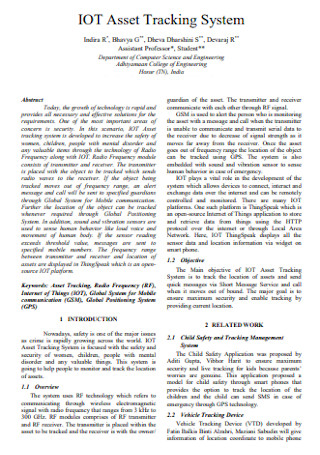
Asset Tracking System Template
download now -
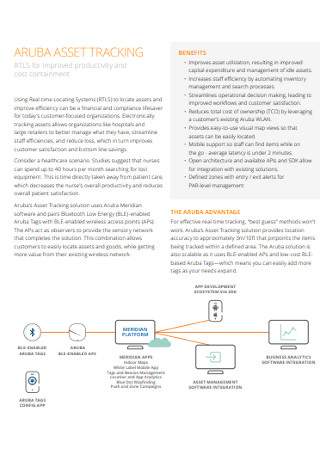
Sample Asset Tracking
download now -
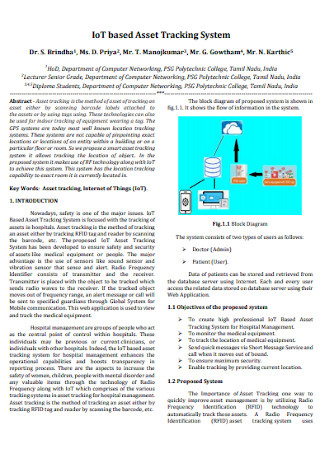
Asset Tracking System Example
download now -
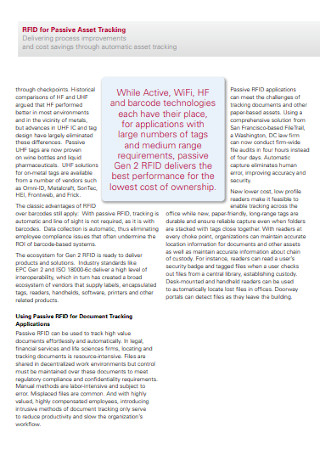
Passive Asset Tracking
download now -
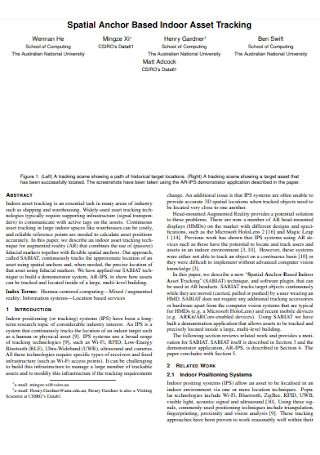
Indoor Asset Tracking
download now -
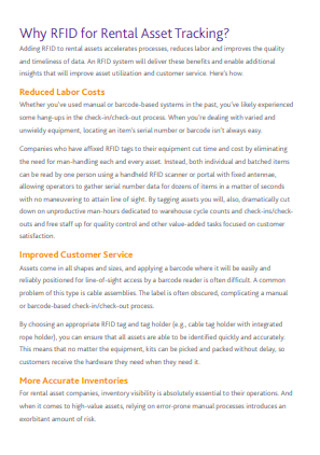
Rental Asset Tracking
download now -
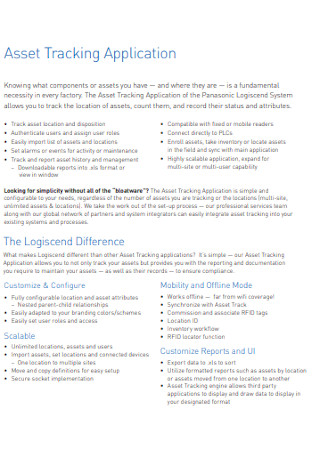
Asset Tracking Application Template
download now -
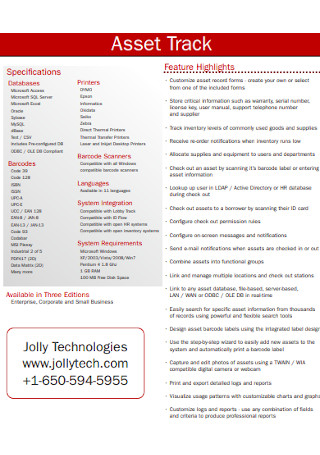
Asset Tracking Format
download now -
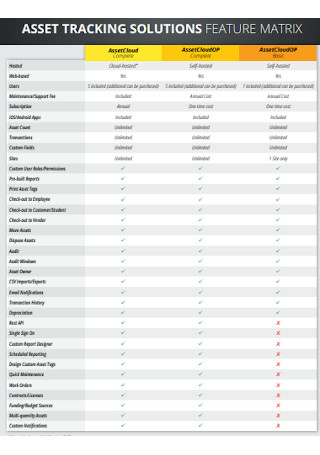
Asset Tracking Solution Template
download now -
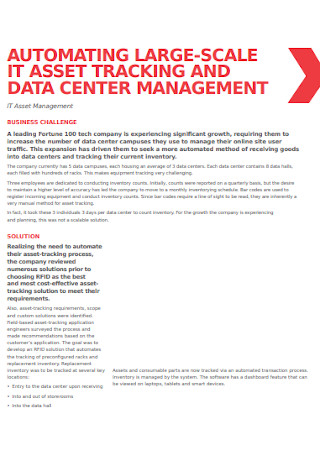
IT Asset Tracking
download now -
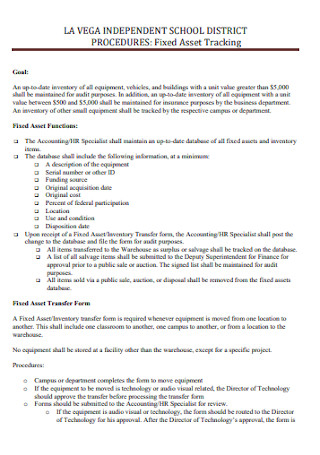
Fixed Asset Tracking Template
download now -
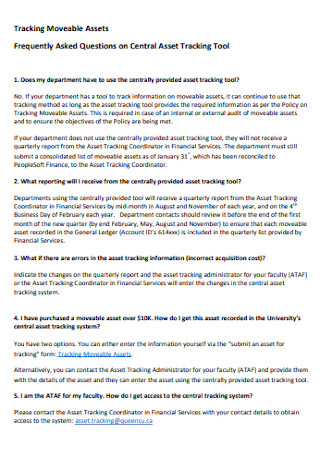
Tracking Moveable Assets
download now -
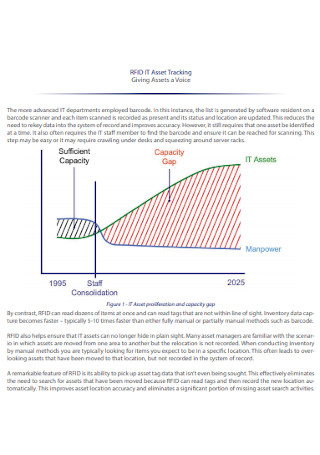
IT Asset Tracking Template
download now -
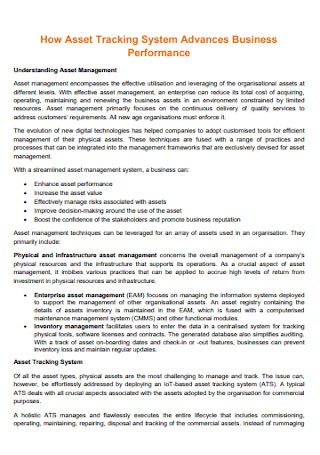
Simple Asset Tracking
download now -
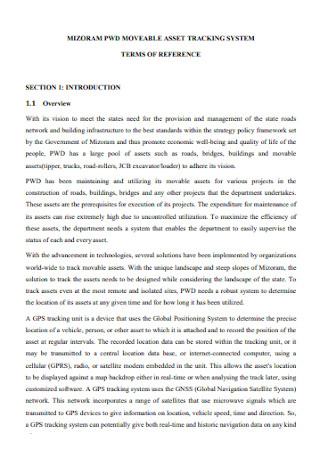
Formal Asset Tracking
download now -
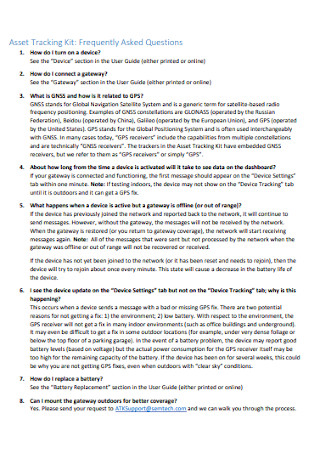
Asset Tracking Kit
download now -
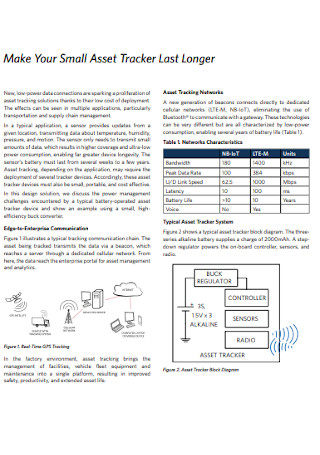
Small Asset Tracker Last Longer
download now -
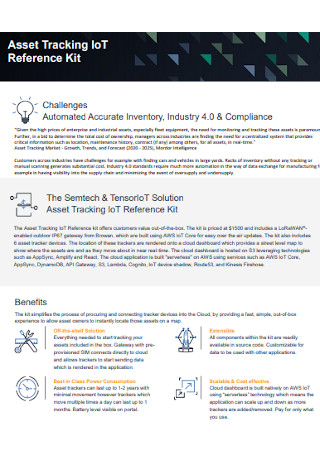
Asset Tracking of Reference Kit
download now -
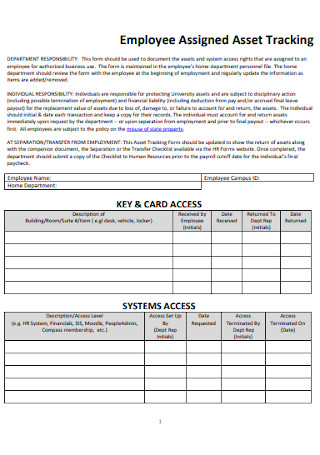
Employee Assigned Asset Tracking
download now -
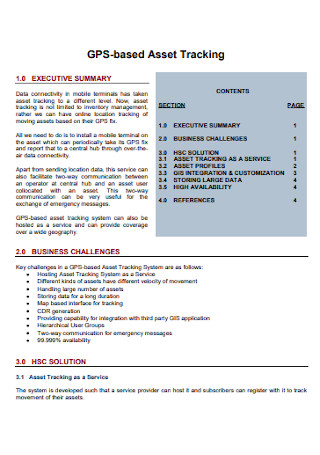
GPS-Based Asset Tracking
download now -
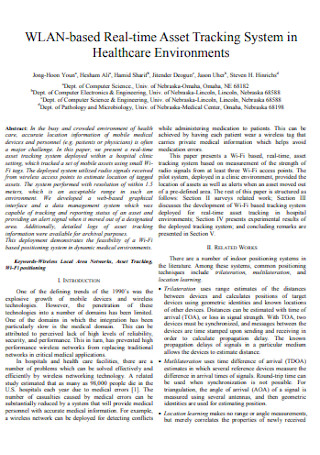
Real-time Asset Tracking
download now -
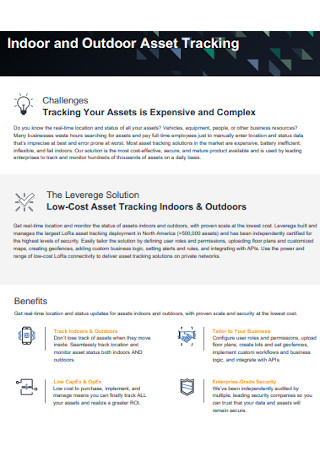
Indoor and Outdoor Asset Tracking
download now -
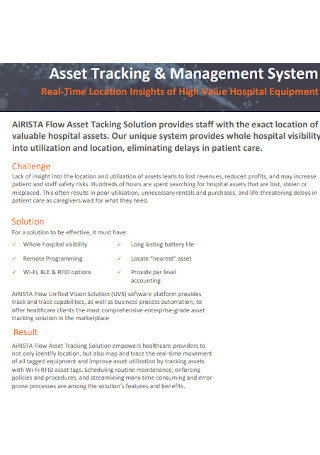
Asset Tracking and Management System
download now -
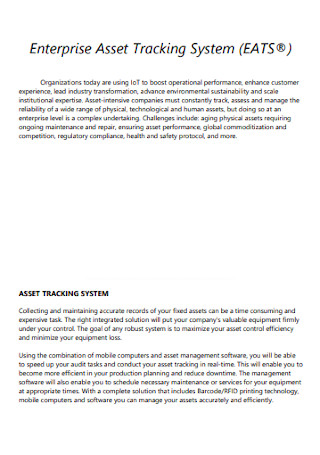
Enterprise Asset Tracking
download now -

Ultimate In Asset Tracking
download now -
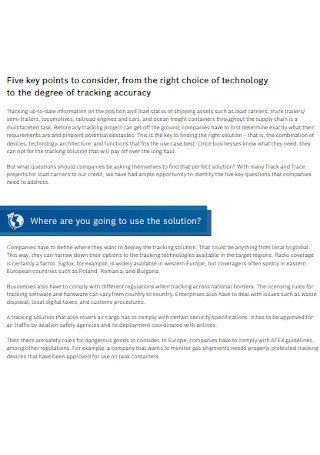
Project Asset Tracking
download now -
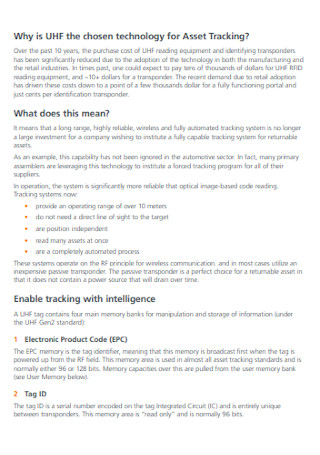
Returnable Asset Tracking
download now
What Is an Asset Tracking?
Asset tracking, also recognized as asset management, is a term that refers to the process of tracking physical assets, whether through the use of barcode labels attached to them or through the use of GPS or RFID tags that broadcast their location. Asset tracking is just as critical as inventory management, as you must know the area, status, scheduled maintenance, and other crucial information about your organization’s physical assets. Indeed, asset tracking is critical to your organization’s bottom line and compliance, as you are responsible for locating and replacing physical assets that have been lost or stolen, as well as those that have attained the end of their useful life.
Also, asset management is a fast-growing industry that is already helping many businesses achieve peak performance and save money. It isn’t easy to record every significant piece of information that will inform your judgments with so many industry reports coming out. Asset management systems are a booming market with a compound annual growth rate of 10.3 percent predicted from 2020 to 2025. This tendency corresponds to an increase in the need for more efficient asset management solutions. For example, industries worldwide have realized that to attain peak performance, and equipment downtime must be kept to a minimum.
Benefits of an Asset Tracking
Businesses may own and operate dozens, hundreds, or even thousands of significant powered and non-powered assets of varying makes, models, and manufacturers. While many are equipped with an OEM-installed telematics system, some older or non-powered assets are not. These various telematics systems are incompatible, requiring operators or managers to access multiple sources to gather the asset data they need and maintain inventory management and control consistently. By implementing a centralized tracking software solution that integrates with existing systems, businesses can centralize data collection from their physical assets to streamline asset management and reduce human error. Additionally, a single, web-based dashboard enables quick search and tag filtering to gain complete visibility of their assets, including their location, current status, and usage history. If interested, here are some of the benefits of using asset tracking:
Elements of an Asset Management
An organization’s asset management system is made up of several interconnected pieces. These complementary aspects work together to define an asset management policy and its smart goals. The components of an asset management system are a collection of instruments such as policies, strategies, business processes, and information systems that work together to ensure asset management operations are completed. Establishing an asset management process necessitates a complete understanding of its components, policies, plans, and procedures.
Implementation Objectives
An organization must consider numerous factors while installing an asset management system. Several factors influence the installation of an asset management system in an organization. Stakeholder impact is a critical factor in establishing rules, making decisions, and setting corporate goals, influencing the design and scope of asset management. Other than stakeholders, social, cultural, economic, financial, physical, and many different settings and an organization’s goal, vision statement, values, culture, and environment will affect an organization.
Important Decision-Makers
The organization’s top decision-makers develop the asset management system’s policies and objectives. As a result, the asset management system should be compatible with the organization’s existing systems. Each organization has designated decision-makers at all levels responsible for planning, implementing, and operating the asset management system. Decision-makers and leaders at all levels are accountable for ensuring that adequate resources are available to plan and support the system. These resources will include financial support, sufficient and competent human resources, and support for information technology. The leaders should identify and resolve conflicts between the organization’s environment, culture, and asset management system.
Planning and Objectives
An organization’s guiding principle typically bases its asset management system on is proper planning reports and target setting to establish an asset management policy. Accurate planning will assist the organization in setting objectives and describing the system’s role in achieving those marketing objectives. It will include the structures, functions, and responsibilities necessary to establish and operate the system efficiently. Continuous improvement, risk management, and stakeholder support are all issues that may be associated with it.
Effortless Integration
After installation, the asset management system seamlessly integrates with the organization’s existing systems and begins sharing resources. The system’s size is determined by the organization’s size and operational complexity. Numerous challenges are associated with collecting, verifying, and consolidating asset data to convert it to asset information. The creation, control, and documentation of this information is a critical function of the asset management system. It is simple to implement, maintain, evaluate, and improve the digital asset management system.
Implementation and Management
All operational policies, technical standards, plans, and processes necessary for implementing and operating the asset management system should be efficiently planned ahead of time. Occasionally, operations would necessitate planned changes to asset management procedures, thereby introducing new risks. Risk management and control will be incorporated into the operational process as a means of managing overall change.
Evaluation of Performance
Asset evaluation is a necessary component of any organization. The performance of an asset can be measured on a variety of different metrics, including direct, indirect, financial, and non-financial. Functional asset data management and the transformation of data to information are critical for evaluating asset performance. Continuous monitoring, analysis, and evaluation of asset information are required. An asset’s performance should be evaluated holistically rather than in terms of asset management objectives. The overall usage of an asset should be used to assess its performance.
How To Start an Asset Management Company
For those unfamiliar, an asset management company is responsible for managing its clients’ investment assets. They will invest these clients’ funds in securities and various investment vehicles to generate healthy profits. There is a type of reasons you might consider starting an asset management firm. Launching this type of business without breaking the bank is possible, and the financial rewards can be enormous. However, it is not as simple as diving in and reaping the benefits. Not only is it a risky venture in the sense that you are managing large sums of other people’s money, but there are numerous factors to consider before establishing a business. To assist you, the following are four guidelines for selecting an asset management company:
Step 1: Conduct a competitive analysis.
It’s always prudent to scout the competition before starting any business plan report. In this case, take a look at the existing asset management firms operating in and around your area. When analyzing their actions, it’s critical to be candid about their strengths and weaknesses. What exactly are they doing correctly? What errors are they committing? Is it possible for your proposed business to profit from those errors? If you believe your prospective company can fill a market gap, you’ve identified a viable opportunity.
Step 2: The venture’s funding
Even if it does offer a low-cost entry point, there’s always the matter of funding your asset management company. Indeed, you don’t need to buy any pricey apparatus or equipment. You will, however, need to budget for things like office space, office equipment, marketing materials, and employee salaries. It is possible to begin a business from home, but keep in mind that professionalism is essential. That won’t happen if you put your home address on your business card.
Step 3: Choose an appropriate place.
When it comes to beginning an asset management firm, picking a location is crucial. Since you will be seeing clients face to face, the site should be central, preferably in the heart of a business district. This type of location is ideal for attracting new customers, and it’s also convenient to get to on foot or by public transportation. After you’ve decided on a site, you’ll need to find a suitable workplace. It is necessary to have enough space to conduct work efficiently and comfortably and meet with clients.
Step 4: Make use of the appropriate platform.
Don’t underestimate the specialized tools and platforms available to you when starting an asset management firm. For example, a technical asset management platform could help you disburse funds more quickly and efficiently, spend less time onboarding institutional investors, and much more. By implementing these from the beginning, you can acquire a competitive advantage over your competitors and free up time to focus on growing your customer base.
FAQs
What are asset tracking solutions, and what do they entail?
Asset-intensive firms employ asset tracking technologies to improve asset allocation workflows, inventory management, and asset status monitoring. This program aids businesses in locating and replacing lost or missing physical assets and those that are no longer useful or valuable.
What exactly do you mean when you say “current assets”?
Due to normal business operations, all of a company’s assets expected to be sold or used next year are current assets. Cash, cash equivalents, accounts receivable, stock inventory, marketable securities, pre-paid liabilities, and other liquid assets are examples of existing assets.
What is the best way to locate current assets?
Current assets are calculated by adding all balance sheet assets that can be converted to cash within a year or less. Cash, cash equivalents, and account receivables are the primary current assets. It appears on the corporate balance sheet as a current asset.
Don’t be worried about missing some points in your asset tracking procedure. If you are conducting analysis, you must ensure that you are familiar with all of the essential characteristics and aspects of the object. There is much to discover, but you do not need to do so because you have a better option. Alternatively, you can download an asset tracking template. It will meet all of your requirements and can be used for a variety of purposes. Developing an asset tracking template is no longer a prudent move. You’re better off downloading a well-structured and professionally designed template. You can download it and quickly start using it for all your purposes. You may use the asset list template in any manner you wish, and it is entirely free.